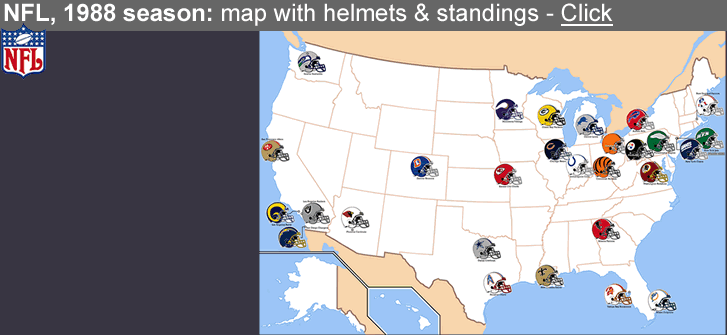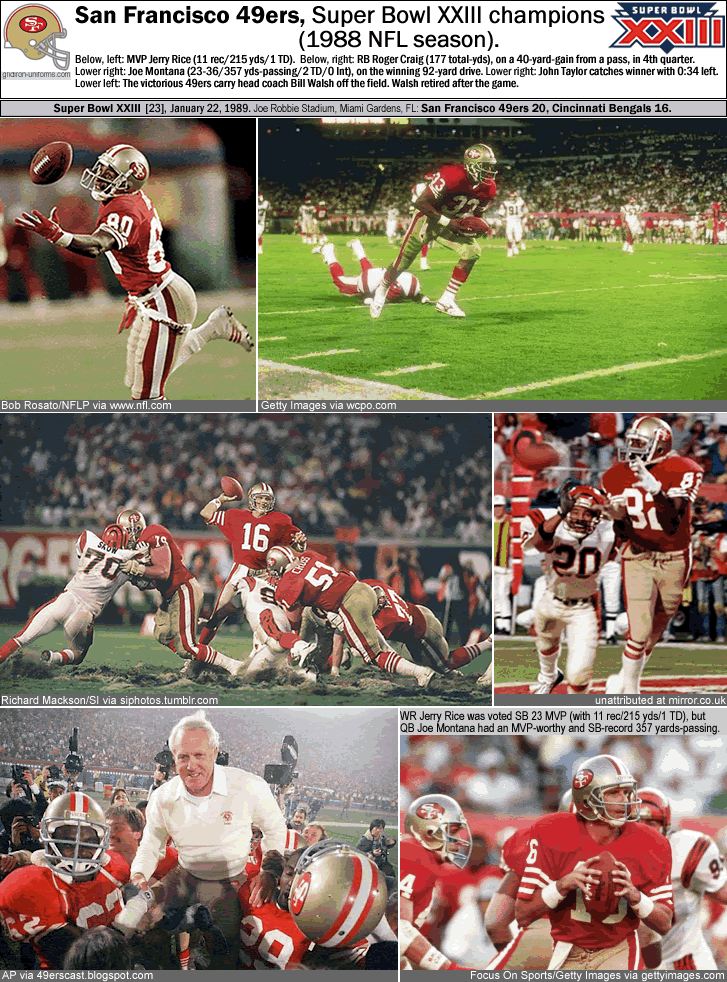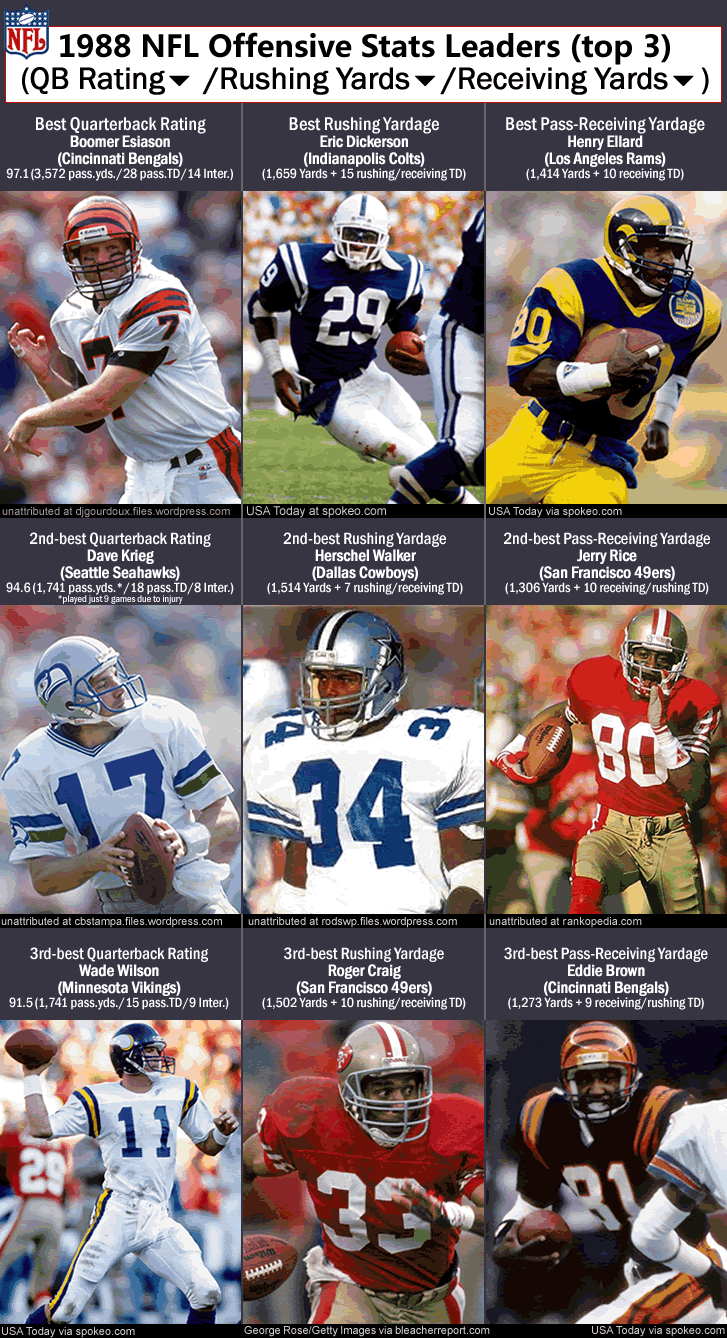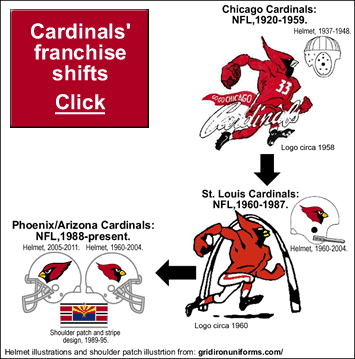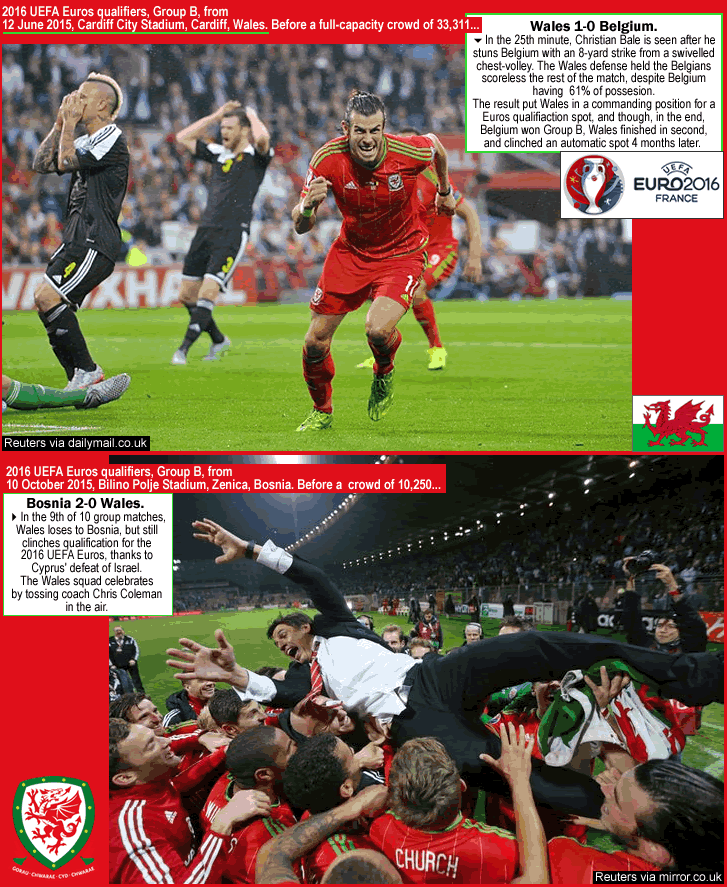
2015-16 FA Cup, Second Round Proper: location-map with current average attendances
…
…
By Bill Turianski on 30 November 2015; twitter.com/billsportsmaps.com.
Links…
2015/16 FA Cup 1st Round Review (facupfactfile.wordpress.com).
Brief article on 1st Round upsets…FA Cup first-round round-up: Chesham’s Ryan Blake stuns Bristol Rovers (Press Association article at theguardian.com/football).
The competition…2015-16 FA Cup (en.wikipedia.org).
2nd Round fixtures…2015-16 FA CUP 2ND ROUND (soccerway.com).
BBC’s FA Cup page…FA Cup (bbc.com/sport/football/fa-cup).
-
The Biggest Upset in the 2015/-6 FA Cup 1st Round: Bristol Rovers 0-1 Chesham Utd
(Chesham were placed 75 league places & 3 divisions below Bristol Rovers)…
Chesham (pronounced “Chess-um”) is a town of around 21,000 located just north-west of Greater London, in the low-rolling-hills of southern Buckinghamshire. Chesham is 40 km (or 25 mi) by road from central London. In the last half-century or so Chesham has increasingly become a commuter-town, and in fact Chesham is the last stop on the Metropolitan line of the London tube {see it on a map at en.wikipedia, here}. Chesham United are a 7th-Level/Southern Premier side. Established in 1917, Chesham wear claret-and-sky-blue and feature a crest with a rook and a green-&-white chessboard (a reference to the first syllable in their name). Their nickname is the Generals. The reason for that is in the club’s founding…as this excerpt from the club’s website says, …”[Chesham United] was formed in 1917 following the merger of Chesham Town FC (who were founder members of the Southern League in 1894 when still known as just Chesham FC) and Chesham Generals (who took their name from the General Baptist Church in Chesham Broadway) {excerpt from History – A Brief Overview of Chesham United at cheshamunited.co.uk}. Chesham United are managed by Andy Leese, who has been at the helm since the summer of 2007 {from the Chesham Utd website, Andy Leese profile, here}.
Chesham United currently average 276 per game (and were the sixth-lowest-drawing of the 80 clubs to have qualified for the 2015-16 FA Cup 1st Round). The last time Chesham qualified for the FA Cup 1st Round was in 1994-95, and their best Cup run was in 1979-80, when they went to the 3rd Round. This season, in the 1st round, Chesham drew a tough away match versus 4th-division (League 2) side Bristol Rovers. At kickoff, Chesham Utd were placed 75 league places and 3 leagues below Bristol Rovers (Chesham sat 17th in the Southern Prem/ they currently sit 19th, 4 points above the relegation-zone.)
5,181 were in attendance there (on Sunday the 8th of November 2015), at the Rovers’ Memorial Stadium in Horfield, on the northern edge of the city of Bristol. That gate included a solid and more-than-twice-their-home-crowd-size 573-strong traveling support for Chesham United (see some of the traveling fans in photo below). Meanwhile, many if not most of the Bristol Rovers supporters there at the Memorial Stadium that day were happy to see the return of one of their favorites, the ex-Bristol Rovers Striker Barry Hayles, who, at 43 years old, is now a player/coach of Chesham United. (Barry Hayles had netted 32 goals in 64 League matches [excellent 50% strike-rate there] for Bristol Rovers in the 1997-to-1999 time-frame. Then Hayles moved on up 2 divisions to Fulham, where he helped them get promoted to the Premier League in 2001; then Hayles scored 13 Premier League goals for the Cottagers in three seasons, before moving on again, back to the 2nd division, playing for Sheffield Utd, Millwall, Plymouth Argyle, and Leicester City, among others.)
So, the old FA Cup magic was certainly in the air (but not, alas, for the Gas faithful), when Barry Hayles came on as a 72nd-minute substitute to a warm ovation. And 5 minutes later, fed by a Hayles pass down the left-midfield-flank, Chesham FW Ryan Blake dribbled forward about 20 yards and then unleashed a low and powerful 25-yard strike that beat the Rovers goalkeeper, to put Chesham on the scoreboard {that goal can be seen at 0:55 of the video at the first link in the next paragraph). Then the Chesham defense held the lead for 20 minutes, and at around 90+7, the ref blew the whistle and Chesham United had just stolen an improbable road victory. Improbable, for sure, when you look at the vast gulf that separates the pro 4th division from the amateur 7th level. And also improbable when you look at the shots-&-corner-kicks totals: Bristol Rovers had 25 shots (and 17 corner kicks) versus Chesham Utd, who had just 6 shots (and 4 corner kicks). A special mention must go out to Chesham captain Toby Little, who, in the first half, on a Rovers’ corner kick, saved a goal at the line by heading away a definitely-going-in-shot (seen at 0:30 in the video linked to below). And a special mention also goes to Chesham ‘keeper Shane Gore, who made some crucial saves down the stretch, as Chesham held on. Now Chesham United have drawn an even larger club away in the 2nd Round…versus Bradford City, who are a 3rd-division side who regularly draw above 18 K for their League 1 matches. Chesham will travel up to West Yorkshire to play Bradford at Valley Parade on Sunday the 6th of December 2015 (at 2 pm Greenwich Time/9 am Eastern Time).
{Youtube.com video of Ryan Blake’s goal (seen at 0:55 in the video)…Bristol Rovers 0-1 Chesham United – Emirates FA Cup 2015/16 | Goal & Highlights (1:42 video uploaded by FATV at youtube.com).}
{Article on Bristol Rovers 0-1 Chesham Utd, at BBC’s FA CCup page, here.}
Below, the biggest upset in the 2015-16 FA Cup 1st Round…Bristol Rovers 0-1 Chesham Utd (75 places and 3 leagues separated the clubs…)

Photo and Image credits above –
Main Stand at Chesham Utd’s The Meadow, photo by agroundhoppersdiary.blogspot.com at agroundhoppersdiary.blogspot.com/2012/04/chesham-united-meadow-park. Kits illustration from Chesham United F.C. (en.wikipedia.org). Chesham Utd traveling fans, photo by Michael Steele/Getty Images Europe via zimbio.com. Chesham Utd’s Brad Wadkins is fouled by Bristol Rovers’ Tom Lockyer, leading to a missed penalty (28th minute), photo by Michael Steele/Getty Images Europe via zimbio.com. Photo of Barry Hayles scoring for Bristol Rovers circa 1997, unattributed at bristolpost.co.uk. Photo of the 43-year-old Barry Hayles entering the game, photo by Trevor Hyde at cheshamunited.co.uk/news/the-fa-cup-in-pictures;-chesham-win-away-at-bristol-rovers. Photo of Ryan Blake after scoring, photo by Michael Steele/Getty Images Europe via zimbio.com. Photo of the Chesham squad celebrating with traveling Chesham fans after the big upset victory, photo by Trevor Hyde at cheshamunited.co.uk/news/the-fa-cup-in-pictures;-chesham-win-away-at-bristol-rovers.
…
___
Thanks to all at the links below…
-Contributors at 2015-16 FA Cup (en.wikipedia.org).
-Blank map of UK historic counties, by Nilfanion (using UK Ordnance Survey data), at File:United Kingdom police areas map.svg (commons.wikimedia.org).
-Blank relief map of Greater London, by Nilfanion (using UK Ordnance Survey data), at File:Greater London UK relief location map.jpg.
-Blank relief map of Greater Manchester, by Nilfanion (using Ordnance Survey data), at File:Greater Manchester UK relief location map.jpg.
-Current average attendance figures from Soccerway.com.
-Current average attendance for lower Non-League clubs (7th and 8th Levels), at non-league-matters.co.uk.
-Thanks to Chesham United official site for club history and Cup-run information, cheshamunited.co.uk.
